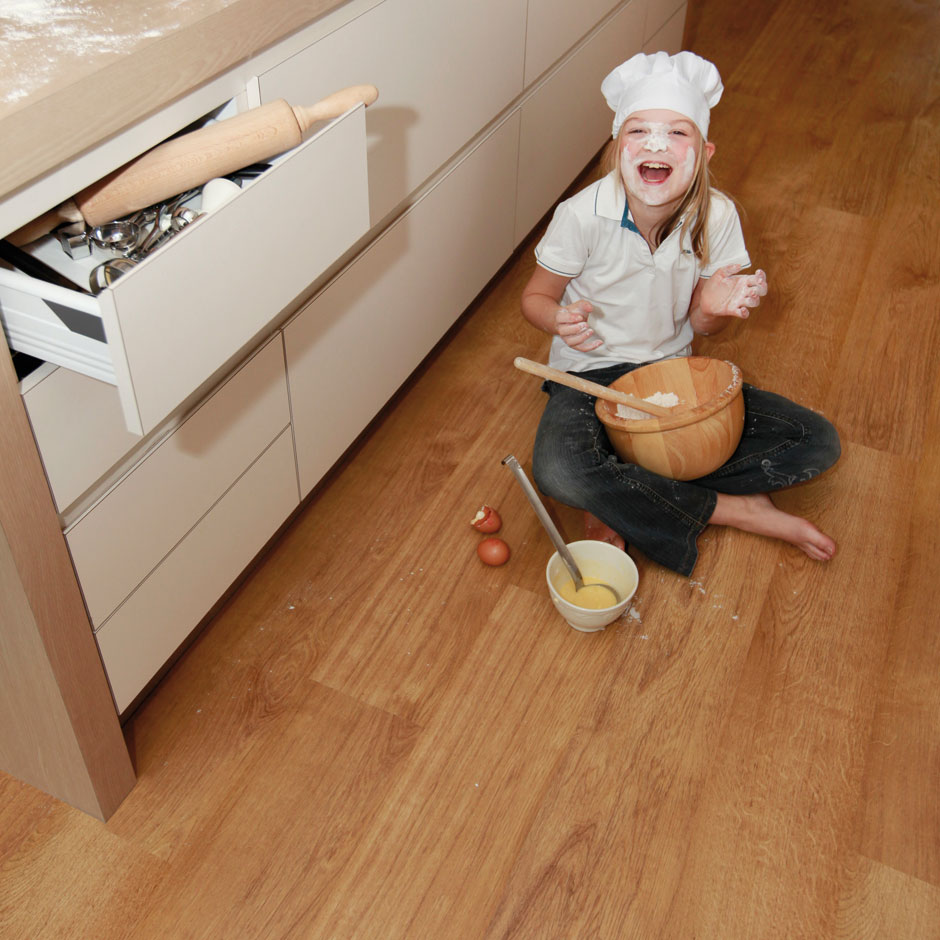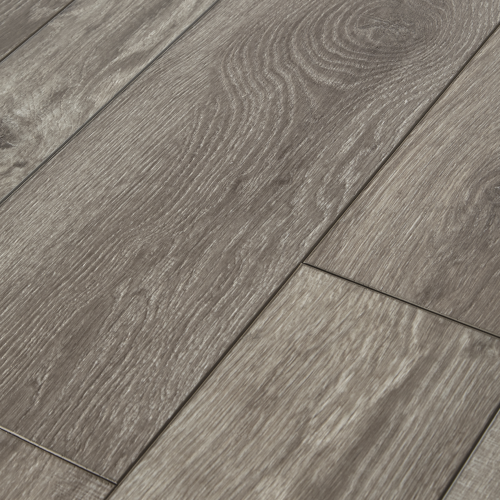The smell of fresh paint, the buzz of the power tools, you’re almost ready to put the finishing touches on your new home renovation. Just one more thing left to do—install the new laminate flooring. But hold on, you hear hushed whispers about acclimation. Does your laminate flooring really need to acclimate before you start laying it down, or can you skip this step? The answer, like pretty much every home improvement question, hinges on “it depends”. Let’s take a closer look at the importance of acclimation for laminate flooring.

Image: www.floorsdirect.net.au
Laminate flooring is a popular choice for homeowners because of its durability, affordability, and stylish appearance. It comes in a multitude of wood-look finishes, as well as stone and tile options, giving you a variety of options to complement your home’s decor. But regardless of the style you choose, understanding the importance of acclimation will ensure your new floors are properly installed and stay beautiful for years to come.
What is Laminate Flooring Acclimation?
Acclimation is the process of allowing your laminate flooring to adjust to the temperature and humidity of its new environment. It’s a critical step in the installation process, particularly in areas with varying climates. Think of it as a brief acclimation period for your flooring—letting it get used to its new surroundings before it gets to work!
Why Does Laminate Flooring Need to Acclimate?
Laminate flooring is made up of several layers, including a core board, a decorative layer, and a wear layer. These layers are bonded together, and the bonding process can be affected by changes in temperature and humidity. In a nutshell, imagine what happens to a piece of wood in extreme heat or cold. It expands and contracts, right? The same principle applies to laminate flooring.
If you install laminate flooring without allowing it to acclimate, the changes in temperature and humidity can cause the flooring to expand or contract. This can lead to:
- Gaps between planks: As flooring dries out, it shrinks, revealing unsightly gaps between the planks.
- Buckling or warping: As flooring absorbs moisture, it expands, which can lead to bulging, buckling, or warping.
- Click and lock mechanisms failing: Expansion and contraction can cause the locking mechanisms to weaken, leading to loose planks.
- Uneven surfaces: Expansion or contraction in different parts of the room leads to uneven flooring, which creates tripping hazards.
How Long Should Laminate Flooring Acclimate?
The time it takes for laminate flooring to acclimate largely depends on the following factors:
- Climate: Dry climates with low humidity will typically require a shorter acclimation period. Conversely, humid climates demand a longer period to allow the flooring to fully adjust.
- Flooring thickness: Thicker flooring takes longer to acclimate than thinner flooring because there is more material to adjust to the new environment.
- Season: Extreme temperatures can significantly affect acclimation time. The flooring should be allowed to acclimate to the room’s temperature and humidity for a longer period during winter or summer months.
- Packaging: Some manufacturers recommend keeping the flooring in its original packaging during acclimation, while others suggest removing the packaging. The manufacturer’s recommendation should always be followed.
Generally, laminate flooring should acclimate for a minimum of 48 hours, and up to 72 hours in extreme conditions. It’s important to note that these recommendations are based on average conditions. Always consult the manufacturer’s guidelines for specific requirements.

Image: mromavolley.com
How To Acclimate Laminate Flooring
Acclimating laminate flooring is a straightforward process:
- Choose a location: The ideal spot for acclimating flooring is the room where it will be installed. The area should be well-ventilated and free from direct sunlight or heat sources.
- Unpack the flooring: Remove the flooring from its packaging and stack the planks vertically. Allow the air to circulate around the planks.
- Monitor the environment: The room temperature should be between 65 and 75 degrees Fahrenheit and humidity between 30 and 50 percent. Use a hygrometer to monitor the humidity level.
- Maintain consistency: It’s crucial to maintain the temperature and humidity levels during the acclimation period. If the levels fluctuate significantly, you may need to extend the acclimation time.
By following these simple steps, you can ensure that your laminate flooring acclimates properly and is ready for installation.
Expert Tips For Success
If you’re not sure about the acclimation process, here’s what flooring experts recommend:
- Never rush the process: Giving your flooring enough time to adjust to the environment will pay off in the long run. Ignoring acclimation can lead to problems that require costly repairs.
- Don’t just unpack the flooring in one corner: Spread the planks out to allow for maximum air circulation.
- Choose the right flooring: If you’re laying flooring in a room subject to extreme temperature variations or humidity, select flooring that is specifically designed for such environments.
Do I Need To Let Laminate Flooring Acclimate
Conclusion
Acclimating laminate flooring takes a little extra time, but it’s a crucial step to ensure that your new floor stays in top shape for years to come. You wouldn’t rush a paint job, would you? The same principle applies to your flooring. By taking the time to acclimate, you’re setting yourself up for a successful and beautiful flooring installation. Now go forth and build the floors of your dreams!





